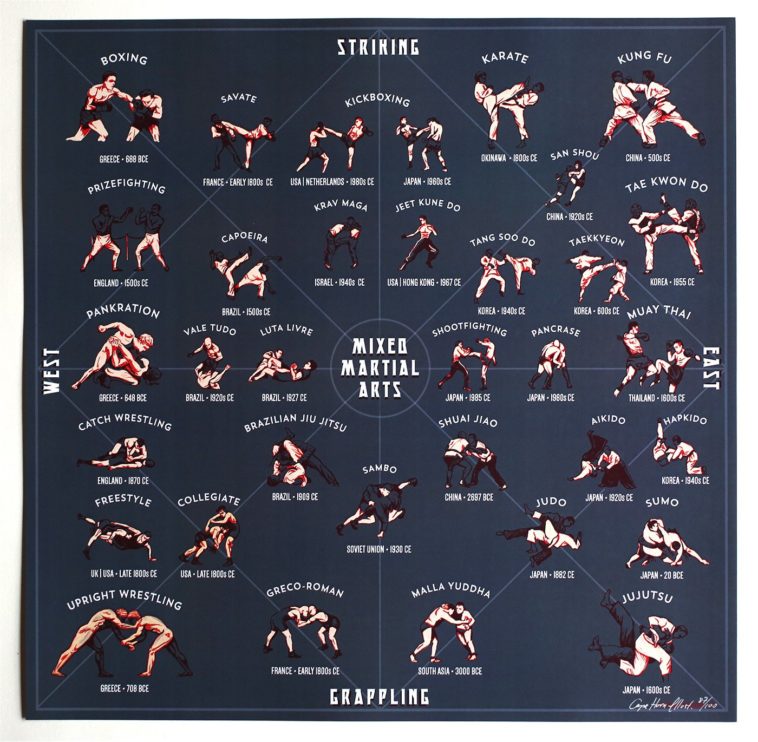Striking The Ideal Equilibrium In Between Speed And Precision In Fighting Styles Instruction
Striking The Ideal Equilibrium In Between Speed And Precision In Fighting Styles Instruction
Blog Article
Write-Up By-Feddersen Barlow
Envision you're standing at the edge of a tightrope, ready to take your initial step. As you gather your emphasis, you realize that this fragile harmonizing act is not so different from the globe of martial arts.
In fighting adult taekwondo near me training, finding the best balance of speed and precision is vital for success. Yet how do you strike that best balance? It's a question that has captivated specialists for centuries, and in this discussion, we will certainly check out the value of speed and precision, reveal training strategies to achieve balance, and deal with the typical challenges that develop along the road.
Prepare to uncover the keys that will elevate your martial arts trip to new heights.
The Significance of Speed and Precision
When it concerns martial arts training, speed and accuracy are crucial components that can make all the distinction in your performance. Attaining the appropriate balance in between speed and accuracy is necessary for efficient fighting styles methods.
Rate permits you to react swiftly to your challenger's motions, offering you a benefit in combat. It enables you to perform strikes and blocks promptly, capturing your opponent off-guard.
On the other hand, precision makes sure that your strategies land accurately and with optimal influence. It enables you to hit the target with accuracy, raising the performance of your strikes.
Training Methods for Attaining Equilibrium
To develop the appropriate equilibrium between rate and precision in your martial arts training, it's crucial to execute efficient strategies that maximize your efficiency.
One training technique is to focus on specific techniques and drills that target both speed and precision. By practicing high-speed activities with precision and control, you can improve your total efficiency.
visit the following website is to include interval training, alternating in between high-intensity ruptureds of rate and durations of rest or slower movements. This helps build endurance and dexterity while also enabling you to fine-tune your precision.
Additionally, exercising mindfulness and mental visualization can improve your equilibrium by educating your mind to concentrate on both rate and precision all at once.
Common Challenges and Just How to Overcome Them
One common challenge in martial arts training is maintaining a balance in between speed and precision, yet it can be overcome with regular technique and emphasis. Right here are a couple of suggestions to help you conquer this obstacle:
- Focus on appropriate method: Put in the time to find out and master the right type and strategy for each and every step. This will help you develop accuracy and accuracy in your strikes and activities.
- Progressively raise rate: Beginning by practicing gradually and gradually increase your speed as you end up being more comfy with the technique. mouse click the next article will certainly assist you preserve control and accuracy while executing actions at a quicker speed.
- Practice timing and reaction drills: Include drills that focus on timing and responding to your opponent's motions. This will certainly enhance your capability to strike with rate and accuracy in a real battle circumstance.
Final thought
As you end your martial arts training, you have discovered the fragile balance of speed and precision. By concentrating on both facets, you have gotten the capability to carry out perfect strategies with lightning-fast rate.
It's no coincidence that your commitment and perseverance have actually led you to this level of mastery. Embrace this newly found equilibrium, and continue to improve your abilities, knowing that rate and accuracy are the key to ending up being a remarkable martial musician.
